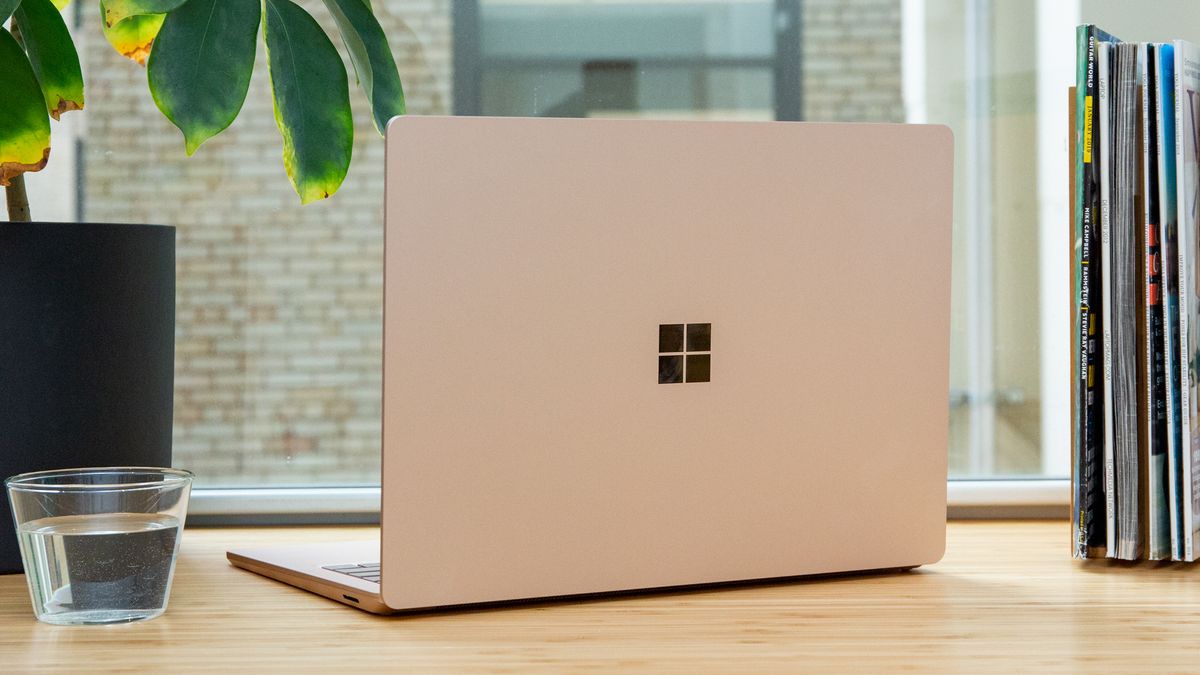 Tushar Mehta / Digital Trends
Tushar Mehta / Digital Trends
Android 16, the next major revamp for Google’s smartphone operating system, has already reached platform stability. And now that all the key changes and upgrades have been locked in place, Google has finally shed light on its public release, sort of.
During a press briefing for The Android Show ahead of the Google I/O developers conference, a Google executive confirmed that the stable build of Android 16 will land on Pixel phones in June, with a fresh aesthetic makeover in tow.
It won’t feature the entire design UI overhaul with the new Material 3 Expressive elements in one go, as Google apps will continue to adapt it in the subsequent months. However, a beta build of Android 16 that lands later this month will give users a taste of the changes to come.
Google says Material 3 Expressive is the company’s “most researched update to the design system since its launch in 2014.” It embraces a youthful new UI design with bolder colors that brings over a dozen changes to elements such as app bars, button groups, and navigation bar, among others.
In addition to a June release schedule for Android 16 on Pixel devices, Google also revealed that it will land on Samsung phones later this Summer. That is likely going to begin with a beta program for One UI 8, which has already been spotted testing on Samsung’s flagship phones.
What’s new in Android 16?
As far as features go, Android 16 brings a host of notable changes. For photography enthusiasts, they will be greeted with new temperature and tint adjustment controls for more precise grading controls in the camera app, alongside a hybrid auto-exposure system. Support for the Advanced Professional Video (APV) codec is also part of the package to allow high-quality video recordings.
 Tushar Mehta / Digital Trends
Tushar Mehta / Digital Trends“Android 16 adds the capability for users of LE Audio hearing aids to switch between the built-in microphones on the hearing aids and the microphone on their phone for voice calls,” says Google. Notably, it enables support for the Wi-Fi 6 802.11az standard, which is more secure and scalable.
The Live Updates system in Android 16 introduces a new, and more minimalist approach to notifications that cover ongoing activities such as navigation and food delivery. Extensions, now going by the name “apps,” will also be a huge part of Android 16, allowing the Gemini assistant to get work done across different apps.
It already supports the Google suite of apps, such as Docs, Drive, Gmail, and Maps, alongside a small number of third-party options like Spotify, but more names will adopt it later this year. I already have the latest beta build running on my Pixel 9, and will soon report on the design and functional changes as the final set of changes start appearing in the coming weeks.

Nadeem is a tech and science journalist who started reading about cool smartphone tech out of curiosity and soon started…
Intriguing feature shows Google’s serious about security in Android 16

Google is taking security seriously in Android 16, and features proving it are beginning to be spotted inside code for apps related to the next version of its mobile operating system. One such feature is being referred to as the Intrusion Detection System, and it has been found inside code for the Google Play Services app, along with references to it in Android 16 according to a report by Android Authority.
The Intrusion Detection System’s name gives much of its functionality away. It collects data on specific network and device activity, and stores it in a secure, encrypted log, ready for you to examine should you suspect your device or Google account has been hacked or accessed without your approval. It’s not clear if the feature will directly alert you to suspicious activity though.
Android’s desktop mode for phones is taking shape, and it looks familiar

Google’s mobile operating system comes with a hidden desktop mode that opens on an external screen, mimicking what you would get from a computing interface. However, it is buried within the developer mode, and it's far from polished to get any serious work done.
The company, however, continues building a next-gen experience for Android’s native desktop mode. The overarching idea is to turn your phone and tablet into a desktop computing device. Mishaal Rahman, over at Android Authority, was able to enable this mode in the latest beta build of Android 16, though he warns that it might not be ready for the stable release in the coming months.
The latest Android 16 beta is hiding a significant UI overhaul

Google has been releasing various beta versions of Android 16 for a while now, but the juicy stuff is often hidden away. We have confirmation that Google is going to show us new design changes at I/O this month, and some of those changes can already be seen in the latest and final beta release.
Android Authority has done the work to enable the hidden design features in Beta 4, showcasing a range of subtle and not-so-subtle changes to the UI. Because these changes are still "off" even in the final beta, it's likely that they won't be included in the first stable release of Android 16. Instead, Google might activate them in a quarterly update sometime down the line. With any luck, they'll give us some more information during the upcoming developer conference.
.png)










 English (US) ·
English (US) ·